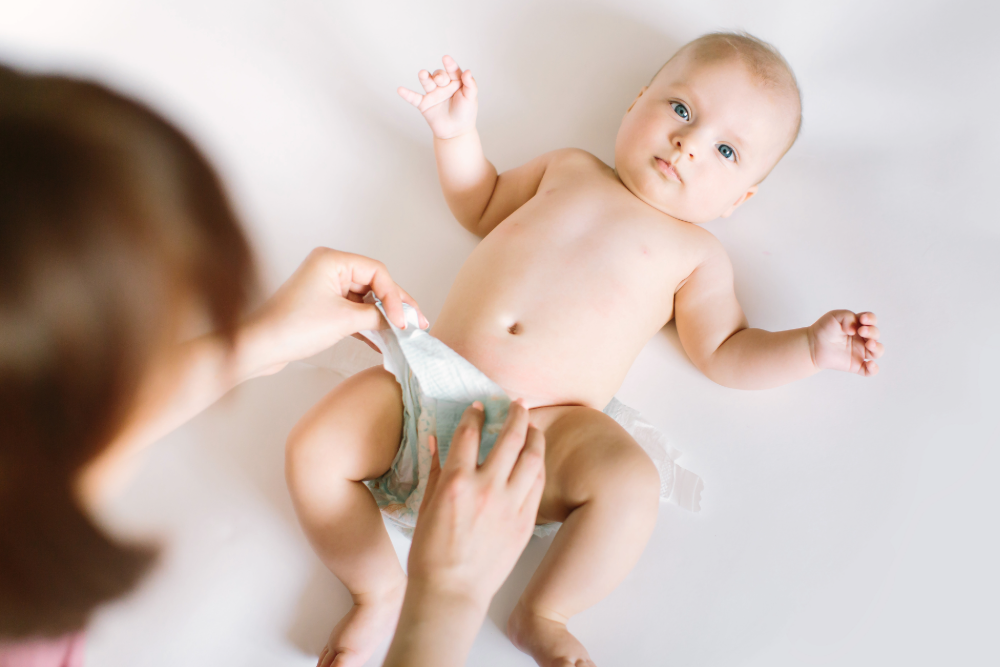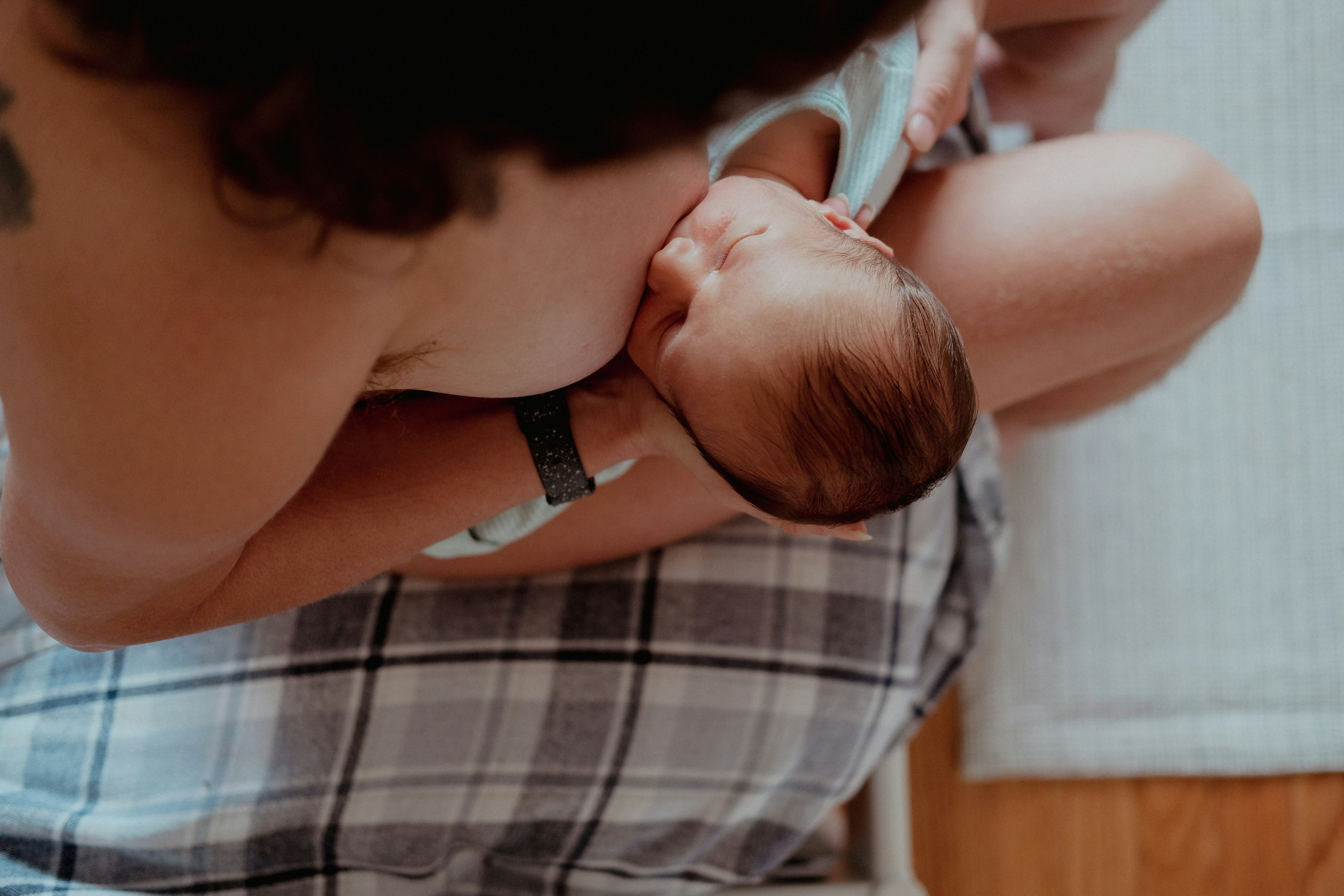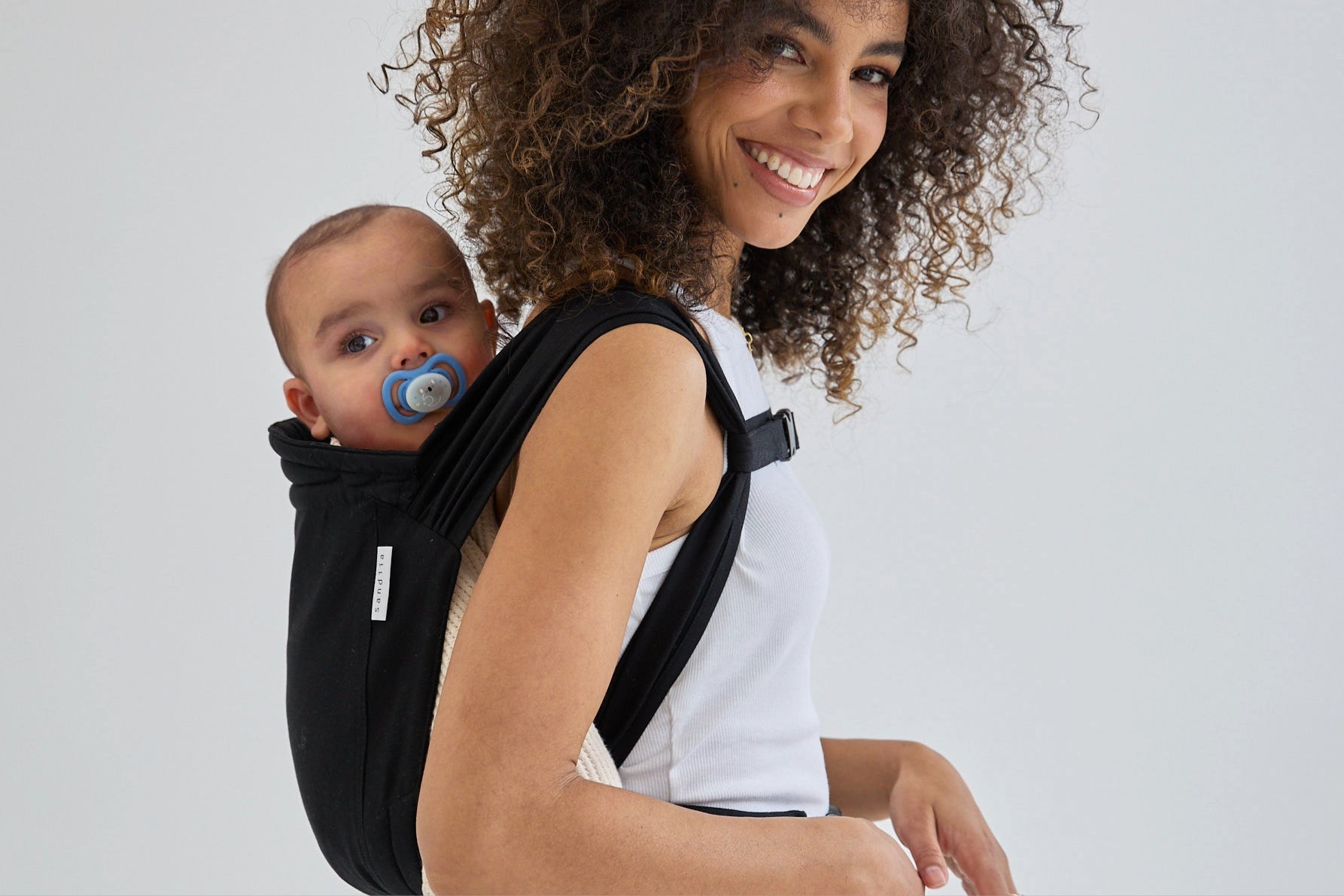
How do I change diapers properly? – The big guide for new parents
Step-by-step instructions with tips for parents
Changing diapers is one of the first and most common tasks in everyday parenting – and far more than just a hygiene measure. It's a moment of closeness, care, and communication. In this article, we'll show you how to change diapers safely, hygienically, and lovingly – including practical tips, common mistakes, and answers to typical parenting questions.
Why changing diapers correctly is so important
Baby's delicate skin is particularly sensitive to moisture, urine, and stool. A clean, dry diaper area helps:
-
To avoid skin irritation
-
Prevent infections
-
and ensure your baby's well-being
The sooner you master the right technique, the more relaxed everyday life will be – for you and your baby.
How often should I change diapers?
⏱ Guidelines by age:
-
Newborns : 8–12 times daily
-
From 6 months : 6–8 times daily
-
From 1 year : 4–6 times daily
🔁 Diapers should be changed immediately after every bowel movement – even at night. A full diaper area can quickly lead to a sore bottom.
What is the basic equipment for changing diapers?
✅ Changing needs at a glance:
-
Clean diapers (correct size)
-
Wet wipes or washcloths with warm water
-
Wound protection cream or zinc ointment
-
Changing mat or pad
-
Fresh clothes for emergencies
-
Garbage bag or diaper pail with lid
🧺 Tip: Set up a permanent changing station – this saves time and ensures safety.
Step-by-step instructions: How to change diapers correctly
1. Preparation
-
Wash your hands
-
Keep all utensils handy
-
Pulling up or taking off clothing
2. Safe storage
-
Place baby on changing mat
-
Secure with one hand or maintain eye contact
3. Remove dirty diaper
-
Carefully open the diaper
-
Use the front for cleaning
-
Lift baby slightly, remove diaper
4. Gentle cleansing
-
Always wipe from front to back (especially for girls)
-
Use warm washcloths or gentle wet wipes
-
Pat skin dry thoroughly
5. Skin care as needed
-
Apply a thin layer of wound protection cream, especially in case of redness
6. Put on a fresh diaper
-
Place diaper under the bottom
-
Close cuffs and Velcro fasteners well (not too tight)
-
Place the penis downwards in boys
7. Dress baby & praise
-
Put clothes back on
-
Positive words or a song – that creates familiarity
8. Disposal & Hygiene
-
Dispose of diaper (close)
-
Wash or disinfect hands thoroughly
Tips for stress-free diaper changes
🎵 Distraction & Rituals
-
Calming toys, songs or rhymes
-
Always talk to your baby – this strengthens the bond
🌙 Changing diapers at night?
-
Only when defecating or when the diaper is very full
-
Use dimmed light, do not wake baby completely
Special instructions for newborns
-
Navel care: Close diaper below the belly button
-
Very frequent bowel movements: Check diaper regularly
-
Careful cleaning with water and a soft cloth
Changing diapers on the go – what do I need?
📦 Checklist for the diaper backpack:
-
2–3 fresh diapers
-
Wet wipes or water bottle + rag
-
Travel changing mat
-
Change of clothes
-
garbage bags
-
Mini wound protection cream
👶 Changing facilities are often available in shopping centers, cafes or family restrooms .
FAQ – Frequently asked questions about diaper changes
❓ When does my baby need a larger diaper size?
If the diaper leaks, no longer fits well or leaves red pressure marks.
❓ What to do if your bottom is sore?
-
Change diapers more often
-
Allow air to reach the skin
-
Use wound protection cream with zinc
❓ How often should you change diapers at night?
For urine, only if the diaper is overfilled. For bowel movements, change immediately, even at night.
❓ Can I use wet wipes when changing diapers?
Yes, ideally without fragrances . It's better to clean with water at home—it's gentler on the skin.
❓ Changing a diaper while standing – is that possible?
From about 12 months and with a little practice, this is easily possible, especially when out and about.
Conclusion: Changing diapers with love, hygiene and routine
Changing diapers properly is easy to learn. Over time, it becomes a well-established routine —and a moment of affection and closeness . The important thing is:
-
Regular change
-
Thorough, gentle cleaning
-
Attention to skin health
Be patient—no one is a professional from the start. With love and attention, changing diapers will become a pleasant everyday routine for you and your baby.


